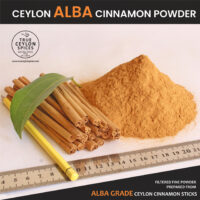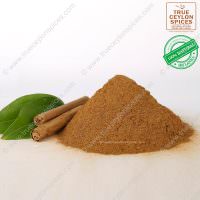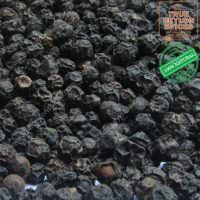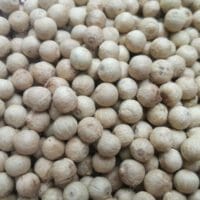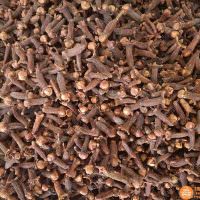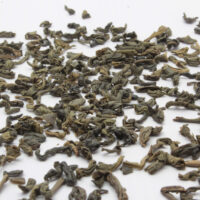Nutmeg and Mace
Although some reports show that Nutmeg and Mace was introduced into Sri Lanka at the beginning of the 19th century, evidence showing that the plant was brought much earlier by merchants also exists. The tree is native to the East of Indonesia. Apart from Sri Lanka, other major producers of the crop include India, China, Trinidad, Grenada, and Indonesia.
The Nutmeg tree belongs to the family Myristicaceae and its species name is Myristica fragrans. It is evergreen and grows to a maximum height of about 20m. The flowers are unisexual while the leaves are dark green and alternate. Nonetheless, bisexual flowers also exist.
The fruits are fleshy and broad. They also have longitudinal ridges along their circumference. During ripening, the fruit’s color changes to yellow. Moreover splitting of the pericarp into two halves also occurs thereby exposing the seeds. These seeds are shiny and are covered by red aril.
The nutmeg tree produces two commercial products: Nutmeg and Mace.
Nutmeg
This is the kernel of the egg-shaped seed of the tree.
Mace
This is the reddish and net-like outer covering of the seed’s shell.
Growing Areas
The Cultivation of the Nutmeg crop is mainly practiced in the mid country. The major growing districts are Matale, Kegalle, and Kandy. The total are covered by this crop is about 930 hectares.
Varieties
Although there has not been any specific identification of varieties, several factors should be considered before selecting the mother tree. These factors include: the weight of the mace, the nut’s size, and the habit of bearing.
Soils
Nutmeg grows well in well drained loamy soils as well as sandy clay loams. These soils should be deep and have a high content of organic matter. Water logged soils should not be used because they are highly vulnerable to disease causing microorganisms.
Climate
Average annual rainfall of about 2500mm is preferred. Higher annual rainfall is however required for areas that are prone to drought. Similarly, the average temperature per year should range from 200 to 350C without any variations.
Since strong winds damage the crop, sheltered valleys should be used for planting of Nutmeg. This should be practiced for about 3 years after cultivation after which the plant can be exposed to sunlight.
The preferred elevation is from seal level to about 600m.
Planting
Planting is through the use of seeds. The sowing of seeds in the nursery should be prompt since the seeds lose their viability after a period of about 10 days. The seedlings are planted in polythene bags filled with compost and topsoil. Farmers can also add rock phosphate fertilizer. Before the transplantation of seedlings into the field, they should be well shaded.
Harvesting
The nutmeg tree bears fruits after a period of about years. Yields of about 10000 nuts can be gotten from well managed trees. The ripe fruits are picked and split to obtain seeds. The obtained mace and nutmeg are products of commerce.
Uses and Health Benefits
Nutmeg and mace are used for flavoring baked products and savories. They are also important for health because they have anti-fungal, antioxidant, and digestive functions. Additionally, the spice can also be used as a pain reliever.



